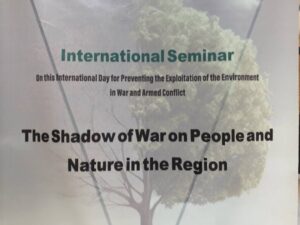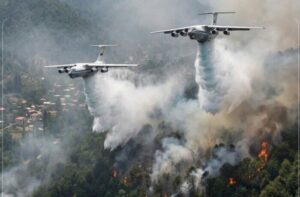The Israeli government has issued new directives restricting how its media covers its current war with Iran.
On Wednesday, a circular from Israel’s military censor, Brigadier General Kobi Mandelblit, announced new rules on what Israeli media organisations and journalists within the country can – and cannot – publish about the effect of Iranian strikes.
The legal underpinnings of censorship in Israel are older than the country itself.
Restrictions on media freedom in the territory were first established by the British during their Mandate for Palestine in 1945, before being incorporated into Israeli law after the state was created three years later.
However, restrictions on press freedom in Israel go further than just outlawing aspects of journalists’ reporting.
According to figures from the International Federation of Journalists (IFJ), Israel has killed at least 164 journalists in Gaza since October 7, 2023. More have been killed in Lebanon, the occupied West Bank and, now, Iran.
Since May 2024, the Israeli government has banned Al Jazeera from its territory and, since November, has sanctioned the Israeli liberal daily, Haaretz, over coverage considered critical of its actions.
The new restrictions have taken immediate effect. Photographers in the port city of Haifa were arrested in the early hours of Tuesday morning while setting up cameras to capture images of potential strikes on the port.
According to media freedom organisations, such as the Index on Censorship, even before the new restrictions on reporting the Iran conflict were introduced, the censor’s definition of “security issues” was very broad, covering topics as diverse as the army, intelligence agencies, arms deals, administrative detainees, aspects of Israel’s foreign affairs, and more.







